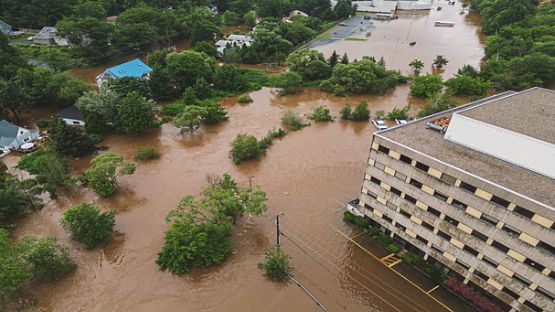For businesses and property owners, preventative maintenance has become more of a requirement than a suggestion in recent years. One of the most significant indicators is the transition of the National Fire Protection Association (NFPA) 70B from a recommended guideline to an enforceable standard.
This shift means that the advisory terms of NFPA 70B, “Recommended Practice for Electrical Equipment Maintenance” have shifted from “should” to “shall”.
While NFPA 70B is not directly enforced by a single national body in Canada, compliance is the responsibility of a business’s region or municipality. It’s also indirectly monitored by Workplace Safety and Health agencies in each province or territory.
What is NFPA 70B?
NFPA 70B focuses on the recommended practices for electrical equipment maintenance. Originally published as a guideline, its purpose was to help organizations manage the performance, safety, and reliability of their electrical assets.
Today, it’s mandatory for facilities to have documented and formal Electrical Maintenance Programs (EMP) in place, including:
- Commercial buildings
- Industrial facilities
- Manufacturing plants
- Warehouses and distribution centers
- Multi-unit residential buildings
The requirements of an EMP will vary based on the number and amperage of power inputs and outputs in a building. If your operation relies on electrical infrastructure from low voltage to high voltage systems, NFPA 70B likely applies to you.
How can infrared thermography (IR) help you meet NFPA 70B standards?
For many years, live monitoring detection such as IR wasn’t considered a form of preventative maintenance. As electrical standards have evolved so has the openness to more efficient technology.
Today, IR is considered a valid part of an EMP and one that has become the go-to for many companies because of its capacity to predict an electrical failure before it happens.
Our Aviva Risk Management Solutions experts encourage customers to use IR as a best practice to satisfy new code requirements, including NFPA 70B, and do preventative electrical maintenance.
What is IR?
Infrared thermography uses specialized cameras to detect invisible infrared radiation emitted by electrical components in a commercial building. It essentially creates a "heat map" of your electrical system without any physical contact or interruption to operations.
This allows technicians to quickly identify hot spots—abnormally warm areas—within panels, circuit breakers, wiring, motors, and transformers. These hot spots are often early indicators of underlying issues like loose connections, overloaded circuits, failing components, or imbalanced loads. By catching these thermal anomalies before they escalate, businesses can perform targeted repairs, preventing costly equipment failures, unplanned power outages, and potential electrical fires.
Who can conduct an IR survey?
A technician performing IR testing must be certified for Level I Thermography and the associated report must be prepared by an individual certified for Level II Thermography (usually within the same organization). Up-to-date accreditations should be included in every IR survey report.
Without proper experience and training by IR service providers, technicians may make incorrect assessments, and their resulting report could be misinterpreted. This could lead to an inaccurate diagnosis. To ensure you’re getting an accurate test with meaningful results, you need a qualified technician who uses high-quality equipment and a meaningful and comprehensive report.
Smaller businesses typically hire a certified electrician to conduct the tests; larger companies may send an experienced employee for training.
Several members of Aviva’s Specialist Partner Network can help implement and maintain EMPs that meet NFPA 70B standards using IR. Our trusted partners provide:
- Certified thermal imaging and acoustic ultrasound inspections
- Comprehensive reporting
- Qualified technicians and industry expertise
- Solutions tailored to meet both insurance and operational needs
If you’re interested in certifying an existing employee, contact arms.canada@aviva.com for a trusted referral.
Aviva Risk Management Solutions can help
For more information on how to comply with NFPA 70B and protect your facility, please contact your Aviva Risk Management Solutions representative or speak directly with one of our Specialist Partners.
Source:
NFPA - Beyond the NEC: NFPA 70B is a Critical Tool for Reliability and Eletrical Safety













